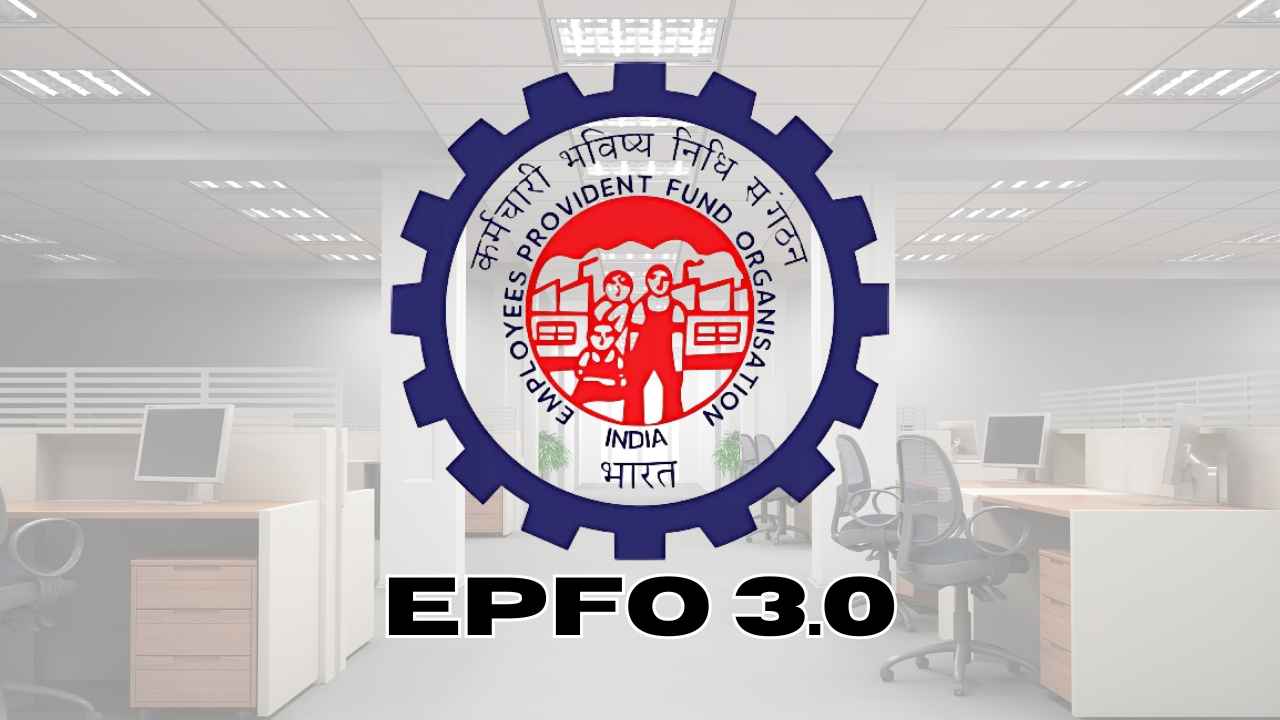
- Home
- Managed Services
- Cyber Security
- Blog
- About Us

We 365 Admin Support, just simplify your IT problems
Call for a free support. +91 96666 59505Platform Partnership
- Who We Help
- Shop
- Contact
- News






Beginning next month, India’s financial ecosystem is poised for a transformative digital overhaul. The Employees’ Provident Fund Organisation (EPFO) plans to enhance the efficiency and speed of its EPF withdrawal process, as reported by DD News. This initiative follows the earlier announcement regarding the rollout of EPFO 3.0, a cutting-edge digital framework introduced a few months ago.
The revamped system aims to modernize the existing IT infrastructure, thereby minimizing the reliance on manual paperwork and drastically reducing processing times. Additionally, it will introduce self-service functionalities, enabling citizens to manage their employee benefits seamlessly online. Below, we outline the key features of this newly launched platform.
Table of Contents
ToggleA standout feature of EPFO 3.0 is the implementation of instant withdrawal capabilities. Members will have the option to withdraw amounts of up to Rs 1 lakh directly through UPI or ATM-like interfaces, effectively sidestepping the lengthy online claim and approval procedures. This feature is designed to facilitate immediate transfers to bank accounts, eliminating instances where users abandon the transfer process due to delays.
With the introduction of this new platform, members will have the ability to edit their personal information online. Updates to contact details, names, dates of birth, and more will now be possible without needing to visit EPFO offices. To ensure security, an OTP-based verification process will be implemented, negating the necessity for physical documentation.
The EPFO 3.0 will feature a significantly improved complaint resolution mechanism. Members can submit grievances and monitor their progress through a user-friendly digital interface, which is expected to considerably cut down on lag time in the response process.
In addition to enhancing EPF services, the new platform will act as a centralized hub for various social security initiatives, with intentions to incorporate programs such as the Atal Pension Yojana (APY) and the Pradhan Mantri Jeevan Bima Yojana (PMJJBY) in the near future.
Simultaneously, the rollout of EPFO 3.0 aligns with broader financial reforms. A number of prominent banks, including HDFC Bank, Axis Bank, and Kotak Mahindra Bank, are revising their credit card policies. Furthermore, important deadlines are approaching for Aadhaar updates, TDS certificate issuance, and the closure of special fixed deposit accounts.
The implementation of EPFO 3.0 signifies a significant step towards digitizing and streamlining the employee provident fund interface, ultimately aiming to improve accessibility and user experience for members. The integration of self-service options and instant withdrawal capabilities could greatly reduce the frustration associated with manual procedures, enhancing overall satisfaction.
In conclusion, the advancements within EPFO reflect a broader commitment to modernizing financial services in India. With the government investing in technology and digital infrastructure, members can expect a future where the management of their EPF accounts becomes significantly more straightforward. As EPFO 3.0 rolls out, it is anticipated that these changes will not only bring convenience but also foster greater financial literacy among users, empowering them to manage their funds more effectively.